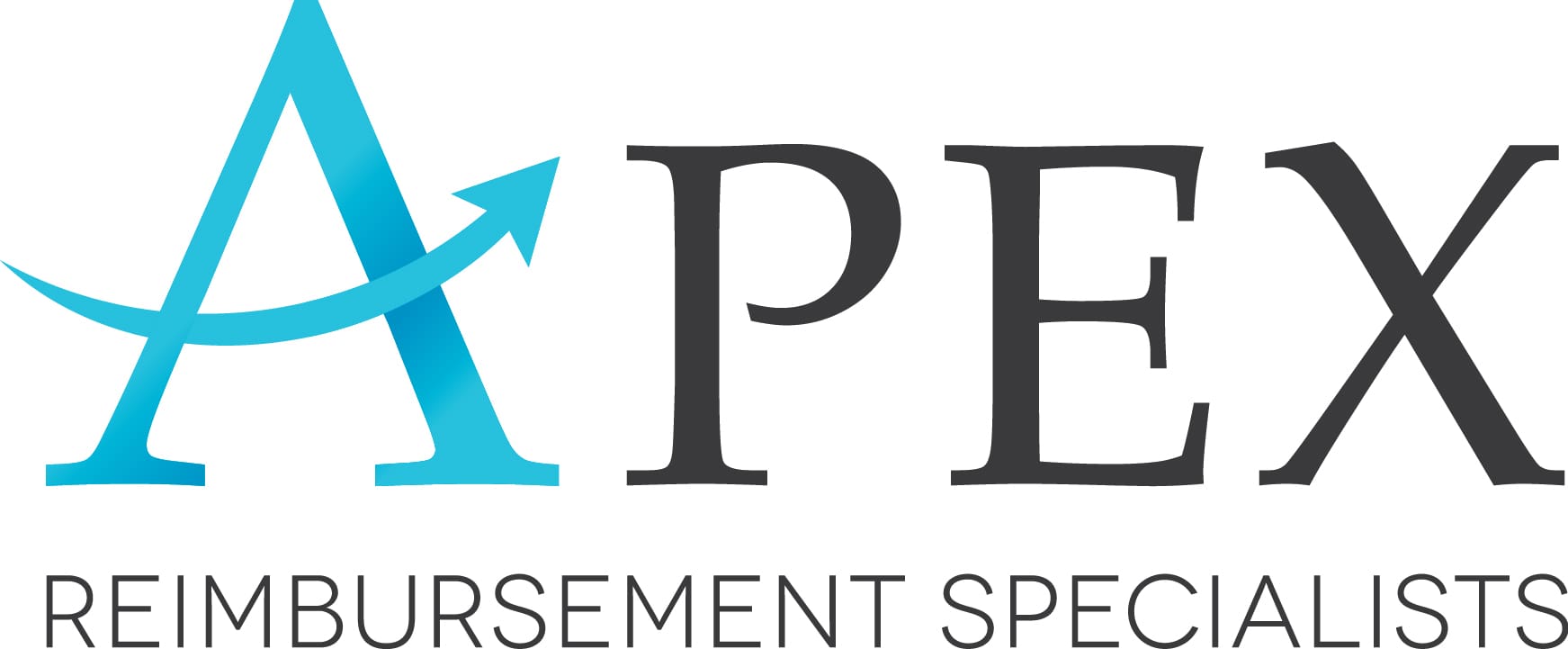This is a guest post from Carestack.
Dental practices deal with various instances where they are forced to use physical records. These include coordinating with suppliers, dental labs and other service vendors as well as maintaining patient records, schedules, reminders and calendars. Current practice management systems offer integrated solutions that streamline every bit of your practice from 3rd party coordination to internal data storage and ensure easy accessibility for all your data without the need for any paperwork.
The fear of data loss which makes most practices stick to good old paper, to back us up if technology fails. However, modern practice management systems store data on the cloud on dedicated servers with 24 hr protections and data redundancy systems. This means a 100% paperless practice is now possible and practical.
A modern cloud-based practice management solution brings major changes in the following areas:
- Front Office: Patient intake forms and eligibility analysis can easily be made paperless, removing the need for an extra step in entering the data onto the system.
- Clinical: Charting, treatment planning, care notes, perio charting, imaging, patient records and even prescriptions can be done on the chair-side monitor in modern solutions making the whole process considerably faster and more convenient.
- Financial: Finance modules feature options for fee schedule management, e-claims, printing paper claims wherever needed without need for manual entry, claim tracking, ERA posting, statements or even regular financial reports.
- Patient portals: An integrated patient portal allows your patients to readily access all their documents and imaging files. This enables easier access to your patients and frees us time of your front office staff.
The benefits of a 100% paperless practice include:
- Accuracy: Improves accuracy and increases efficiency of everything from record keeping to claims submission.
- Compliance: Electronic documentation and databases can be customized with access controls so that only the relevant members of your team can access sensitive data.
- Ownership: Now that every action can be traced back to the team member responsible, there will be greater ownership of tasks and lesser mistakes from the team.
- Speed: The patient’s check-in to check out time reduces when the office is made paperless. This streamlines the patient-flow between various departments and the overall flow becomes more efficient.
- Accessibility: One of the biggest challenges with paper records is accessibility. Electronic records are readily accessible, no matter the time, location or type of file.
- Security: Data stored electronically, in cloud-based systems have redundancy and security measures, making it safer than paper records.

